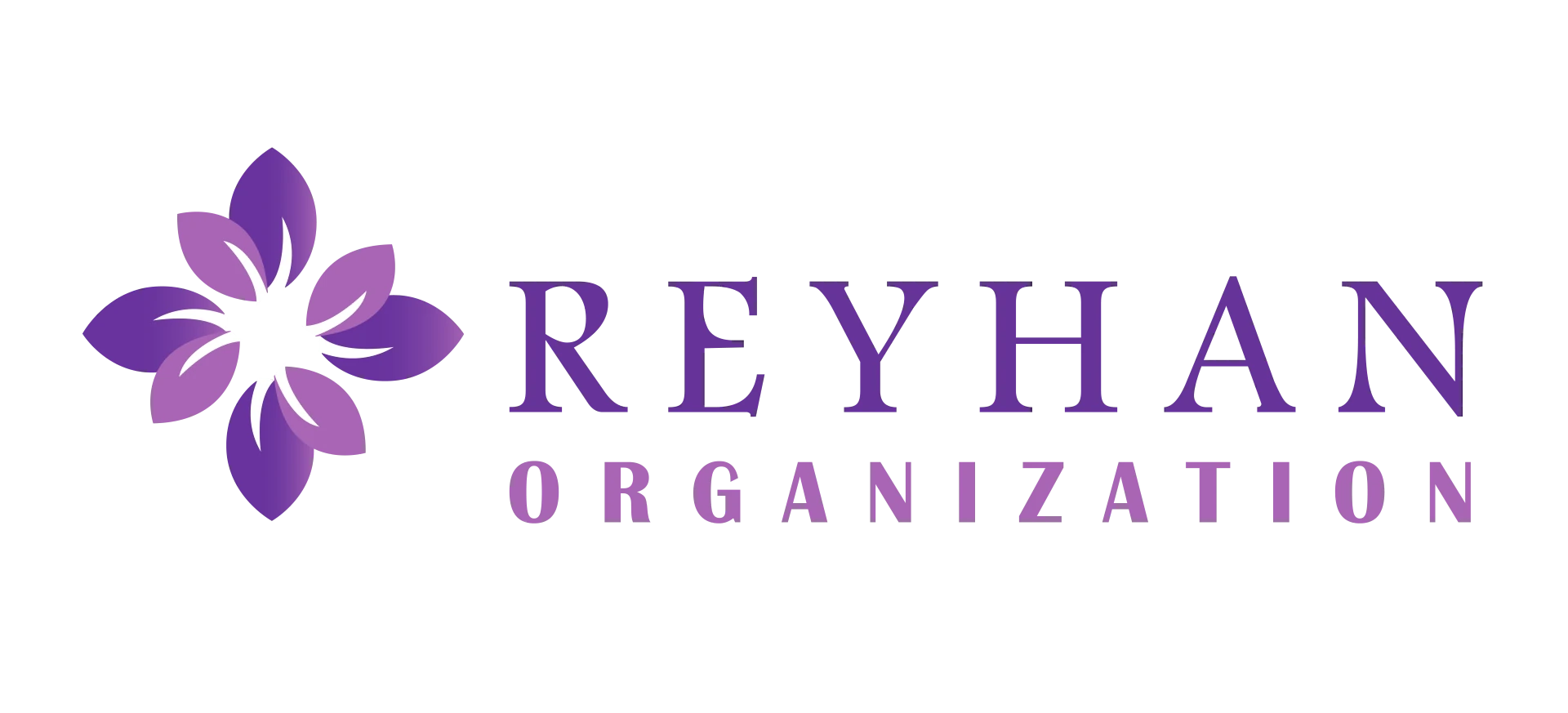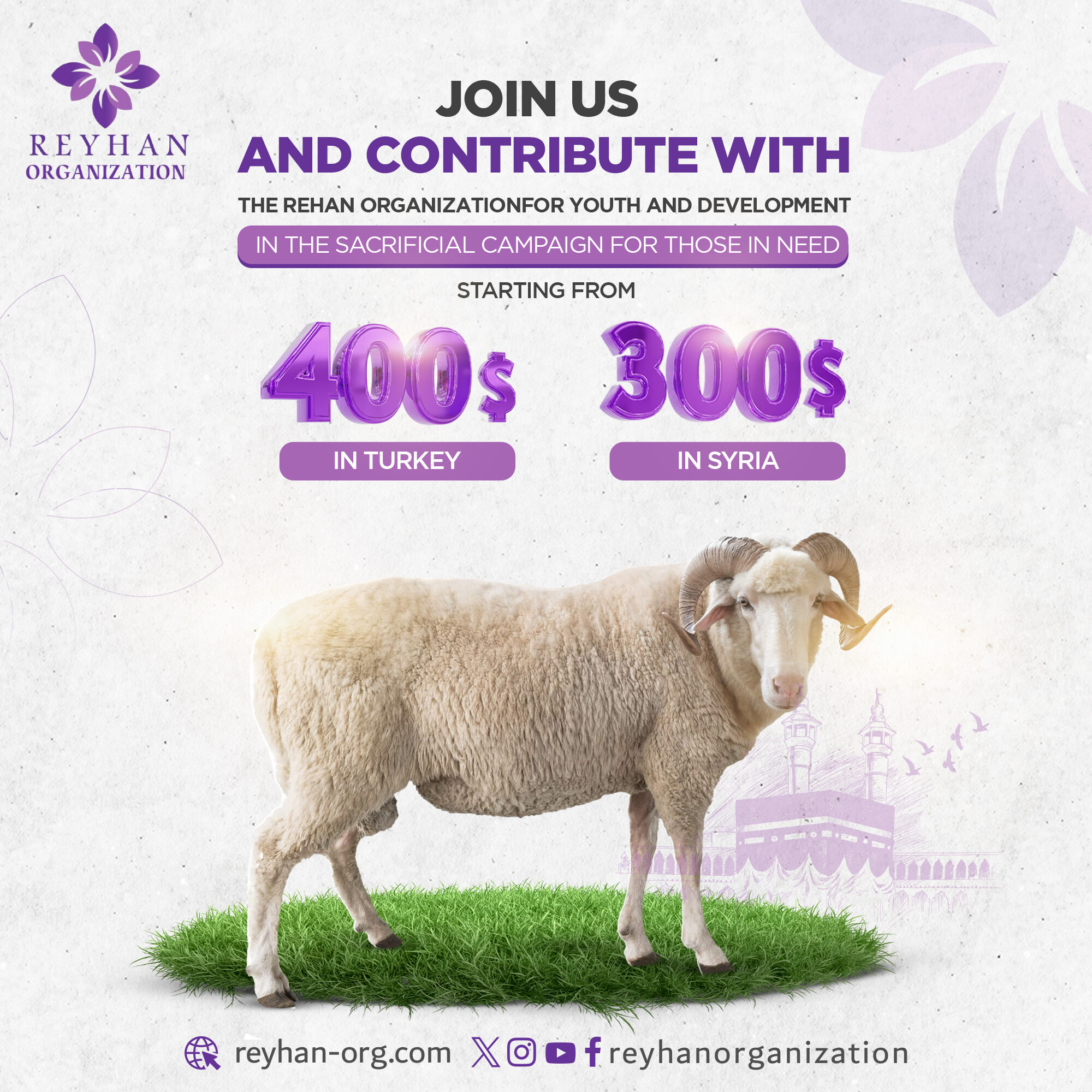Should we count the tooth-brushing and the toast-making towards the economic production of the country we live in? If we https://www.bidvestbank.co.za/ don’t, we end up with a concept of production that is so broad that it becomes meaningless; we’d produce a service with every breath we take and every time we scratch our nose. When the economy is at full capacity (on the LRAS curve at Y5), an increase in aggregate demand will be purely inflationary. You can see the SRAS (short-run aggregate supply) curve moving from very low to very high levels of real income crossing a vertical LRAS curve.
Rebalancing: How China’s Economy is Changing (or Not)
All that’s left for you are the goods and services of the 17th century, but all of them are 20 times more expensive than today. The majority of people around the world, including in today’s richest countries, live in deep poverty. When a level of real output is below the full capacity level of output (Y5), AD shifts from AD1 to AD2 increasing the real output (Y1 to Y2), but not the price level (P1). When an economy has plenty of spare capacity the aggregate demand can increase without creating inflationary pressures. Investment in capital, such as buildings, equipment, and infrastructure, can boost economic growth by increasing production capacity and improving efficiency.
They encompass laws, regulations, and social norms that govern interactions among individuals, firms, and governments. Stable institutions that uphold property rights, enforce contracts, and maintain rule of law can bolster economic growth by reducing uncertainty and fostering a conducive environment for investment. For example, the rapid economic rise in countries like Singapore can be attributed largely to their strong and effective institutional framework. Enrico Moretti of the University of California, Berkeley and the author of the New Geography of Jobs talks to EconTalk host Russ Roberts about the ideas in his book.
Conclusion: The history of global poverty reduction has just begun
But some workers may face displacement or lower wages if their skills or industries become obsolete or face competition from imports or automation. It considers the market value and the level of consumption of economic goods and sasol ltd services, which might fluctuate over time. Several banks failed after the Great Depression, but the government saved a few through a bailout program.
Gross domestic product
This will restrict the amount of investment required to fundamentally transform public infrastructure, without major private sector support. https://www.momentum.co.za/ GDP is a product produced within a country’s borders; GNI is product produced by enterprises owned by a country’s citizens. The two would be the same if all of the productive enterprises in a country were owned by its own citizens and those citizens did not own productive enterprises in any other countries. The major advantage of GDP per capita as an indicator of the standard of living is that it is measured frequently, widely, and consistently.
Economic Growth: Definition, Measurement & Examples
- In this final section, let’s see how incomes have changed over time, first as documented in survey incomes and then via GDP per capita.
- Other indicators, such as employment rates and income levels, can provide a more detailed understanding of how economic growth affects different population segments.
- But economic growth also leads to increased pollution, income inequality, and other negative effects.
- Thus, a strong economy tends to drive up the stock market while a weak economy drives it down.
The modern concept of GDP was first developed by Simon Kuznets for a 1934 U.S. The role that measurements of GDP played in World War II was crucial to the subsequent political acceptance of GDP values as indicators of national development and progress.15 A crucial role was played here by the U.S. Department of Commerce under Milton Gilbert where ideas from Kuznets were embedded into institutions. Japan’s economic growth following World War II has been nothing short of miraculous. Devastated by the war, Japan rose to become the world’s second-largest economy by the 1980s. This was spurred by factors such as high rates of investment in infrastructure and manufacturing, a well-educated labor force, technological innovation, and robust institutional frameworks supporting economic activities.
How can we measure economic growth?
The production of many crucial goods and services has to increase if we want to end it. The last two centuries were https://www.alexforbes.com/ the first time in human history that societies have achieved sustained economic growth, and the decline of global poverty is one of the most important achievements in history. Before we get to a more detailed definition of economic growth, it’s helpful to remind ourselves of the astonishingly wide range of goods and services that people produce.
Economic growth is an increase in the potential level of real output an economy can produce in a specified period of time (typically one year). Nevertheless, when output increases, the SRAS curve gradually slopes upwards. Now both aggregate demand and prices increase (AD3 to AD4 and P2 to P3) causing higher rates of inflation. Since China began to open up and reform its economy in 1978, it has experienced extraordinary economic growth.
Economic growth – sometimes simply “growth” – typically refers to GDP growth. A country’s gross domestic product or GDP is a measure of the size and health of its economy. It is the total value of goods and services produced over a specific time period. Taxes affect economic growth, at least in the short term, through their impact on demand. A tax cut increases demand by raising personal disposable income and encouraging businesses to hire and invest.
Classical growth theory
Instead, the rate of investment and the rate of technological progress are exogenous. The value of the model is that it predicts the pattern of economic growth once these two rates are specified. Its failure to explain the determinants of these rates is one of its limitations. Robert Solow and Trevor Swan developed what eventually became the main model used in growth economics in the 1950s.9596 This model assumes that there are diminishing returns to capital and labor. Capital accumulates through investment, but its level or stock continually decreases due to depreciation. In economics, growth is commonly modeled as a function of physical capital, human capital, labor force, and technology.






